The flying squirrel is an endangered species that can only be found in Finland and Estonia in the entire European Union. In Finland, the breeding and residence environments of the species are also protected by law.
Iloinen sorina accompanies Liito-orava Life’s experts on a field trip. Every now and then someone stops at the foot of a spruce or aspen tree to look for signs of the dark-eyed and mysterious night owl of the mixed forests of Finland and Estonia.
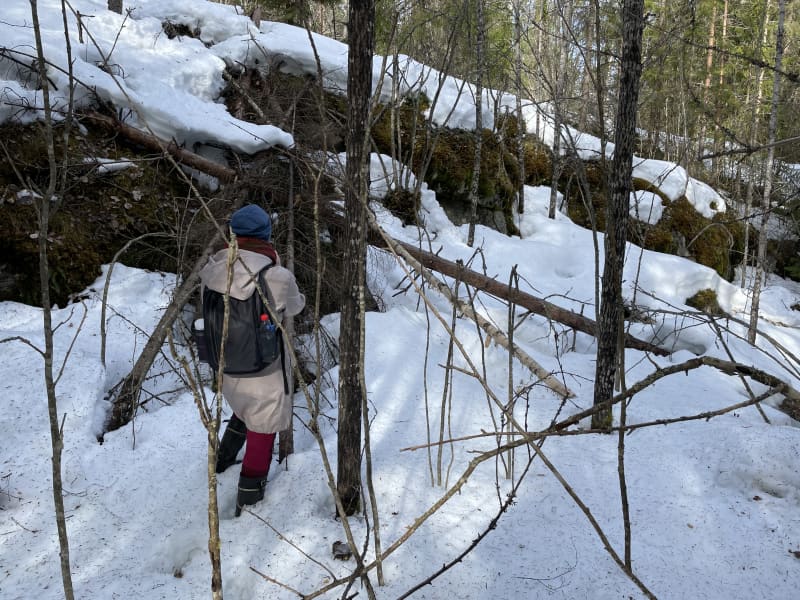
So what can be found under the tree? Yellow-orange, rice-grain-sized deposits in several places. The best time to look for squirrel tracks is right now when the snow has melted.
The color is bright because the squirrels use aspen and alder twigs as their food. The color comes from pollen.

The experts do not search for squirrels during search shooting, because the living circles of the flying squirrel and the corridors connecting the living circles have been mapped in Finland for several years.
In Central Finland, there were places to explore in both cities and forests. In recent years’ surveys, squirrels have been found in many places, including in built-up areas. Areas favored by squirrels have in common that they mostly have aspen trees of different ages.
In addition to acorns, squirrels also eat leaves and seeds that deciduous trees provide. Bushy spruces are preferred by squirrels because of the shelter they provide and the hiding places for food stores.
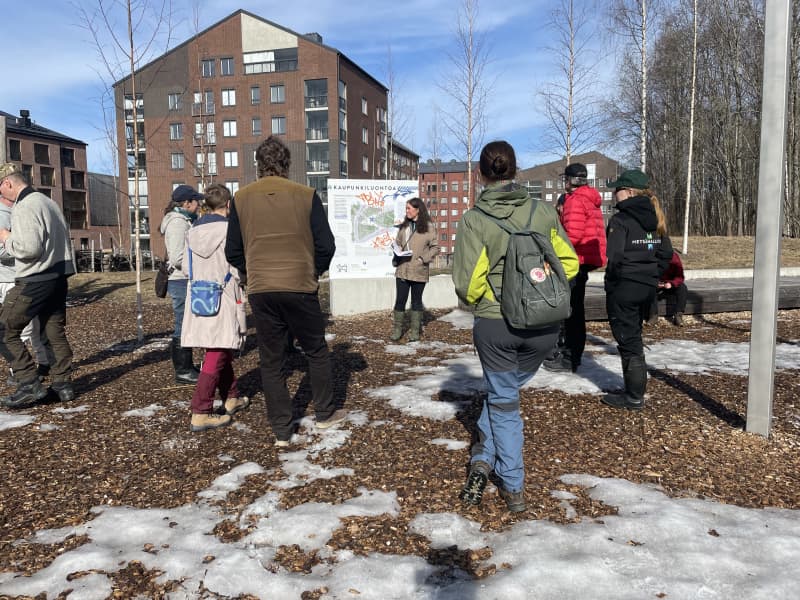
The Liito-orava Life collaboration of 18 partners that started in 2018 has already brought a lot of new information about flying squirrels and also how their population can be helped to strengthen in Finland and Estonia.
In the surveys, one tree species has emerged as key for flying squirrels: aspen is important for squirrels both in terms of food and nesting. It is especially important that there are mature aspen trees for the squirrels.
The flying squirrel can nest in burrows hollowed out by woodpeckers, in nests built by other squirrels, and sometimes also in residential or commercial buildings.
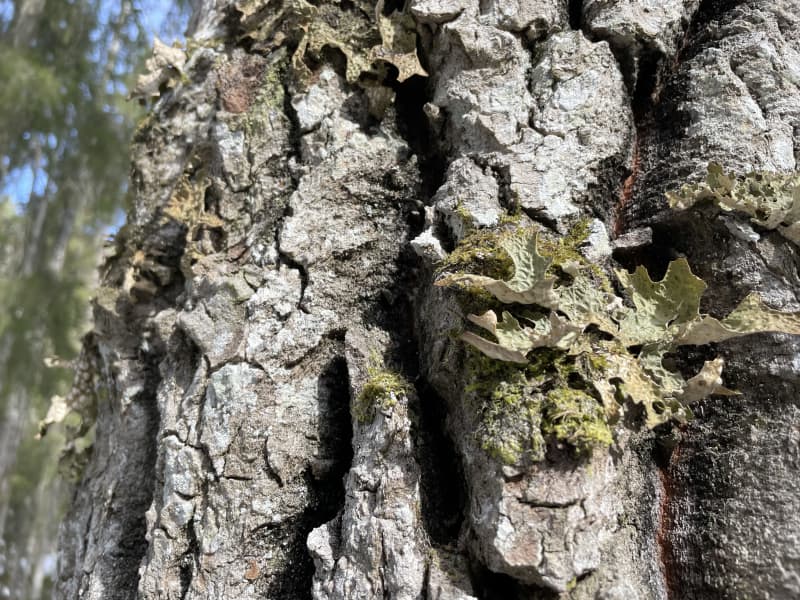
Aspen groves are protected and strengthened in different ways in urban environments, commercial forests and nature reserves. It is clear that the work is a long task to be successful.

Hurme looks at the really big trees in the Kalajanvuori area of \u200b\u200bEtelä-Konnevesi National Park. They were once saved from the ax by their location on a steep slope, a difficult transport distance away.
– Laziness worked to the advantage of the squirrels, he laughs.
The city of Jyväskylä is one of Liito-orava Life’s partners. In Jyväskylä, the breeding and living circles of squirrels have been mapped, and the development of new ways to improve access for squirrels has also begun.
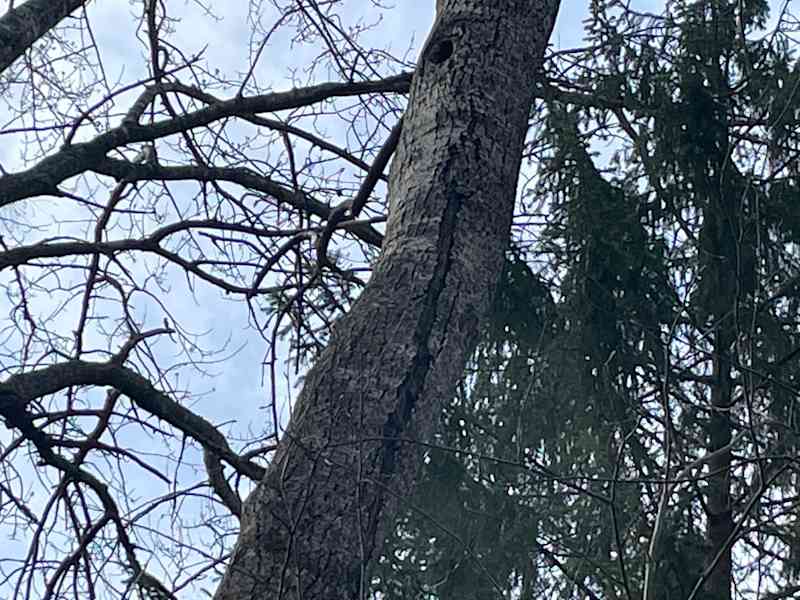
Access is essential when you want to strengthen the squirrel population. Squirrels that grow up to be able to reproduce must be allowed to find new habitats.
Despite the fact that it is a true jumping master and manages to cover a distance of up to 30 meters if necessary.
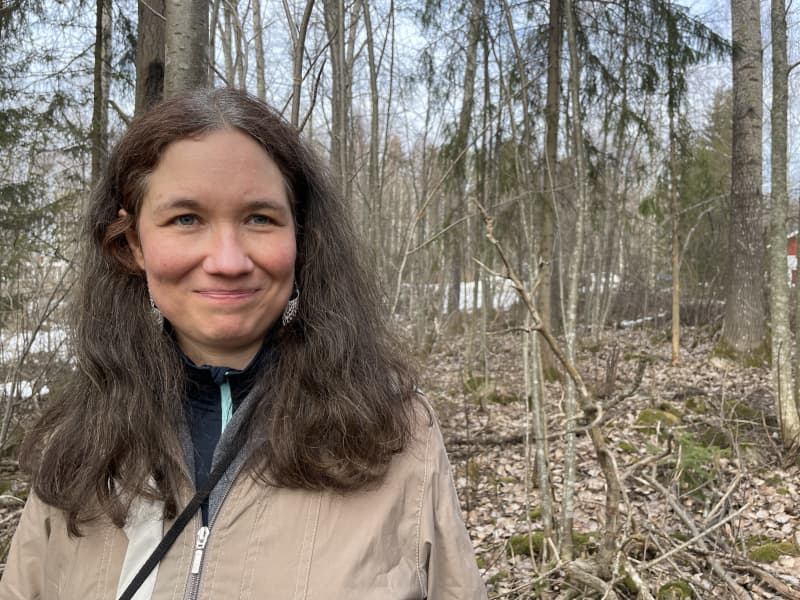
– The whole extends the flying distance required for the crossing to be quite long, Laita states.
The jump would have to measure 70 meters in one go, so the squirrels need help to cross.
Anne Laita says that over the man-made canyon of Tikanväylä, they are going to build a path with the help of pop-up poles, along which the squirrels can get over this terrain obstacle as well. Construction is scheduled to begin next summer.
People also make nest boxes for squirrels. They are often identified by the fact that they are made of solid wood, thus imitating the natural woodpecker holes in aspen trees.
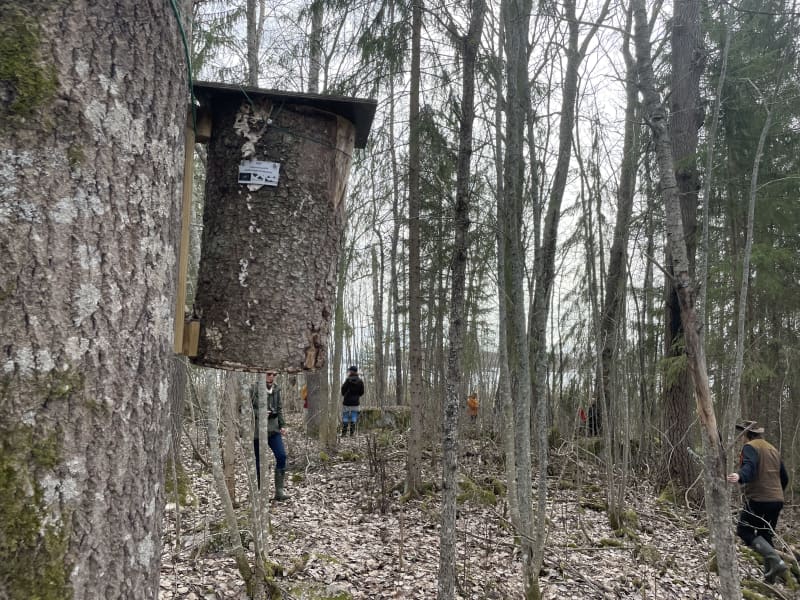
We would also like to make life easier for flying squirrels in commercial forests. Until now, this equation has been the most difficult, because the forests favored by the squirrel are usually in a state of final felling by the standards of conventional forest management.
However, they want to encourage and attract forestry operators and forest owners not only to protect old aspen- and spruce-dominated mixed forests, but also to develop forest management methods that are squirrel-friendly.
This has been done, for example, in forests owned by the forest company Tornator in Rautalammi’s Myhinpää.
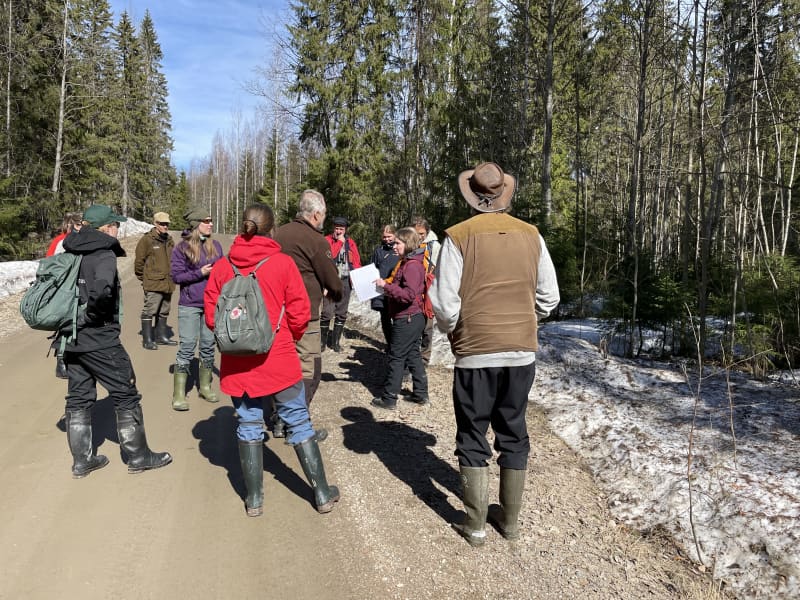
According to Vartiainen, the usual option in a forest of this age would have been felling, which often takes the strongest and oldest trees.
It is an experiment in which experts closely monitor the effect of forest management measures on squirrels.
– Compared to full protection, the good thing about forestry here is that it was still possible to harvest wood here, Vartiainen states.
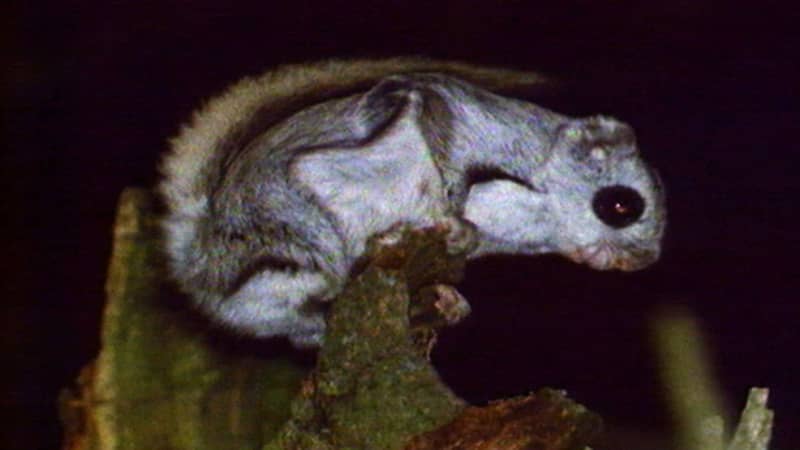
It is precisely the development of such alternatives that is important now, because according to information from Liito-orava Life, the flying squirrels that thrive in the forested areas of Finland need a sturdy and safe aspen home and the protection of the branches of an old spruce.
At the same time, the protection of squirrel forests increases the diversity of the forests, because many other species and animals thrive in them, including one Homo Sapiens.
*If you wish, you can discuss the topic on 28.4. until 23:00.*
